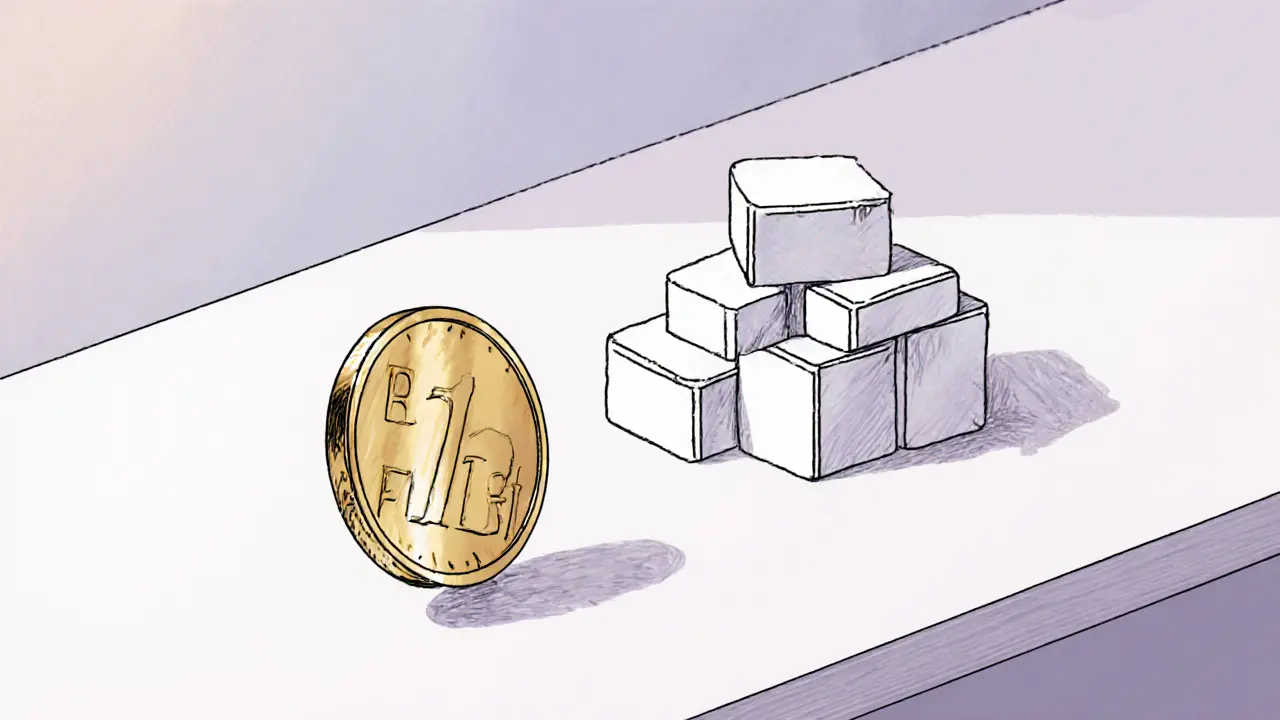Token Standards Comparison: A Practical Guide
When working with token standards comparison, the act of weighing different blockchain token formats on functionality, cost, and interoperability. Also known as token model analysis, it helps developers, investors, and hobbyists decide which token fits their needs. The first step is to understand the baseline: ERC-20, the fungible token standard on Ethereum that powers most ICOs and DeFi coins. ERC-20 sets the stage for token economics, enabling simple transfers, balance queries, and allowance mechanisms. Because it’s widely supported, most wallets and exchanges treat ERC-20 as the default token type, making it a safe starting point for any new project.
Key Differences at a Glance
Beyond ERC-20, the ecosystem offers standards for non‑fungible and semi‑fungible assets. ERC-721, the NFT standard that guarantees each token is unique and indivisible shines when you need one‑of‑a‑kind items like digital art, collectibles, or real‑world asset certificates. Its metadata URI points to off‑chain data, letting creators embed images, videos, or any file type. Meanwhile, ERC-1155, a multi‑token standard that can handle both fungible and non‑fungible tokens in a single contract reduces gas costs and simplifies inventory management for games and marketplaces that deal with dozens of item types. On Binance Smart Chain, the equivalent of ERC-20 is BEP-20, which mirrors Ethereum’s functionality but benefits from lower transaction fees and faster block times. Understanding how these standards intersect—ERC-20 for money‑like tokens, ERC-721 for unique assets, and ERC-1155 for hybrid use cases—lets you map the right tool to the right problem.
Choosing the right token often hinges on three practical questions: Is the asset interchangeable? Does it need a unique identifier? Will you bundle several asset types together? Answering them leads you to a clear decision matrix: fungible → ERC‑20 or BEP‑20; unique → ERC‑721; mixed → ERC‑1155. Once you’ve settled on a standard, you’ll also want to consider smart‑contract security, upgradeability, and community support—factors that affect long‑term maintenance and adoption. Below you’ll find a curated collection of articles that break down each standard, compare real‑world projects, and walk you through code snippets, gas‑fee analysis, and deployment tips. Dive into the posts to see how each token type behaves in practice and get actionable guidance for your next blockchain venture.

ERC-721 vs ERC-1155: In-Depth Comparison of NFT Token Standards
A side‑by‑side look at ERC‑721 and ERC‑1155 token standards, covering gas costs, security, use cases, and implementation trade‑offs to help you choose the right NFT framework.
